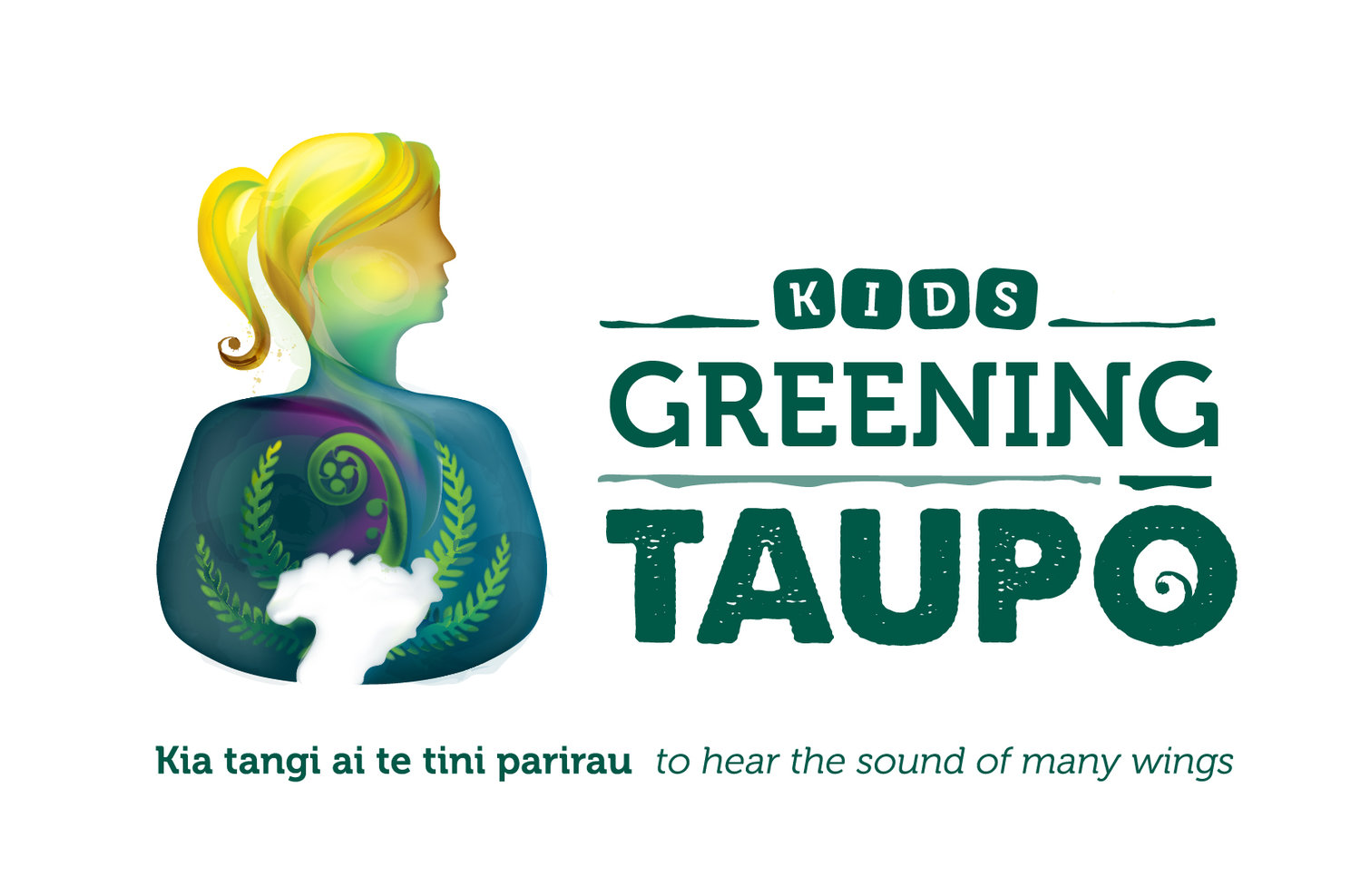Freshwater Biodiversity and Biosecurity Sessions
We are on a mission to talk to every student in the Taupō/Tūrangi area by the end of the year about protecting our beautiful lake from invasive clams! While doing this we are also teaching the students about the very special, often unnoticed, biodiversity in our rivers and lakes. This includes kākahi and freshwater macroinvertebrates.
We believe that the best way of getting a message to the community is by working with the tamariki. They will share their knowledge with their families and make sure their family does the right thing! We have been going into schools and speaking about invasive clams, how to identify them, where they are currently found, why they are invasive, and how we can try to stop their spread through the Check Clean Dry principles. There has been a lot of misinformation out there in the community, including many people believing that we already have the clams in the lake. We have heard of people removing kākahi- an ‘at risk’ native species- from the lake and disposing of them, thinking that they were clams. Our lesson keeps changing in response to our interactions with the children and the community. It now includes a discussion about what kākahi are and why they are special. The students play 'Kākahi or Clam?' a quiz to help them identify native kākahi and invasive clams. They are learning about the special native animals in our lake and how to protect them, as well as learning about the invasive clams. We have even run freshwater macroinvertebrate sessions celebrating the diversity of life in our rivers and lake, alongside the invasive clam sessions. After students have spotted awesome critters such as caddis fly larvae hiding in sticks, tiny snails making trails, bright red ‘blood worms’, toe-biting dobson fly larvae, three tailed mayfly larvae and feathery-tailed damselfly larvae, and even native fish, they then learn how to 'Check Clean Dry' to protect all of these special native species.
The feedback on the sessions from adults in the room has been overwhelmingly positive, with many commenting on how much they learnt from the session. We have encouraged students to take the crossword home and do it with their parents. This has been a great way of getting families discussing the issue together and learning from each other. We jokingly tell them that it is the only time that we don't mind their parents doing their homework!
In the past, Kids Greening Taupō sessions have focused on the importance of planting native plants and the impact of introduced predators on our forests. These sessions have led to more of a focus on freshwater, however it has been interesting to see students make links between the two. One class of students went on to do weeding and planting after a session abut the clams, and they commented on the invasive weeds quickly taking over their native planting and out competing the native plants, just like what clams do to native species in the water.
Learn more about invasive clams and find all our resources here
Learn more about Freshwater Macroinvertebrates and find our resources here


















